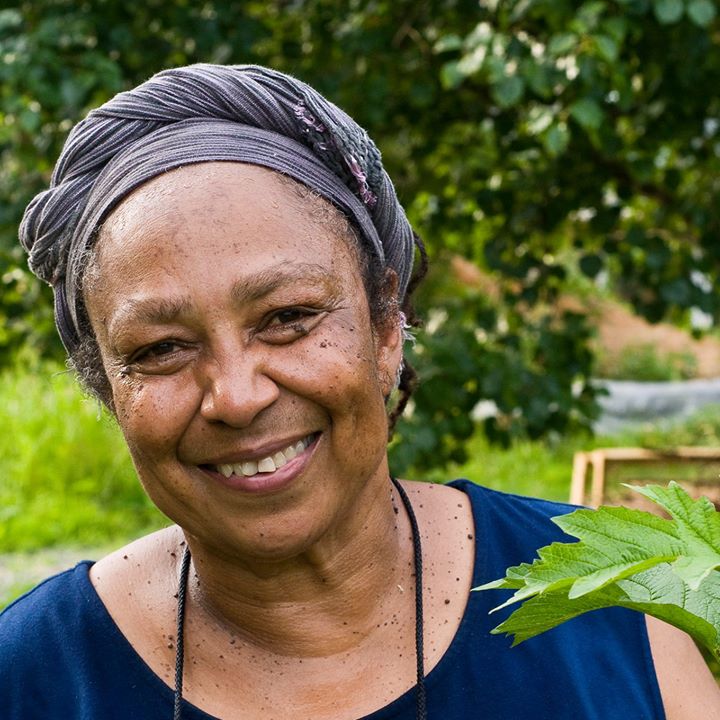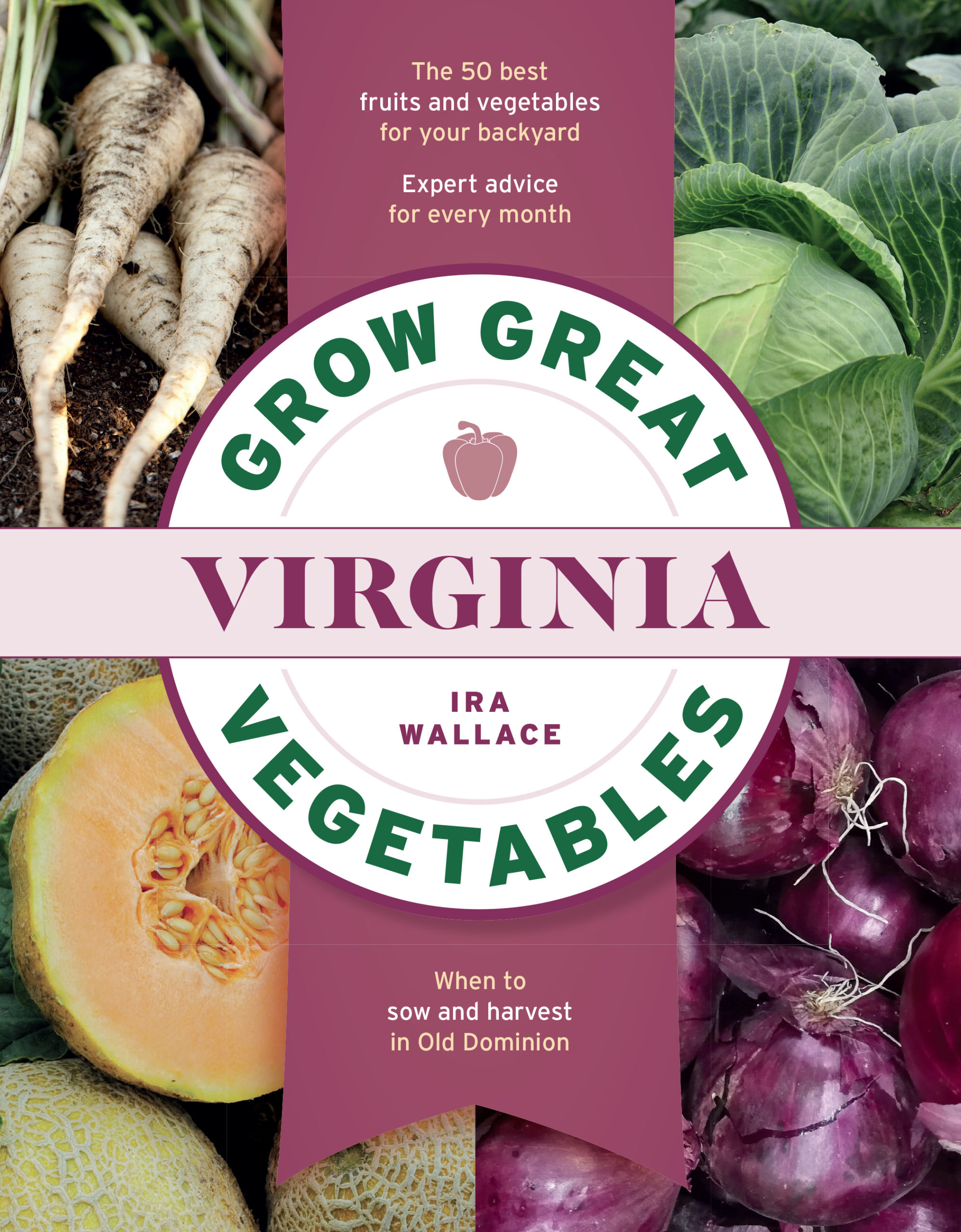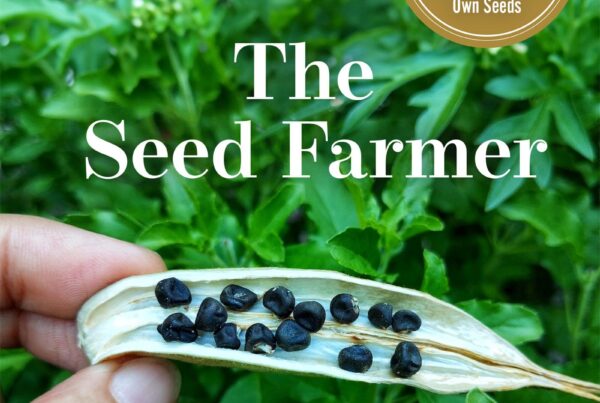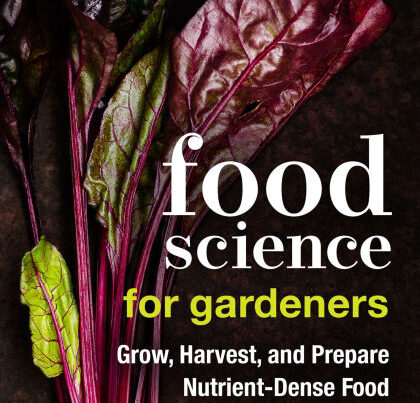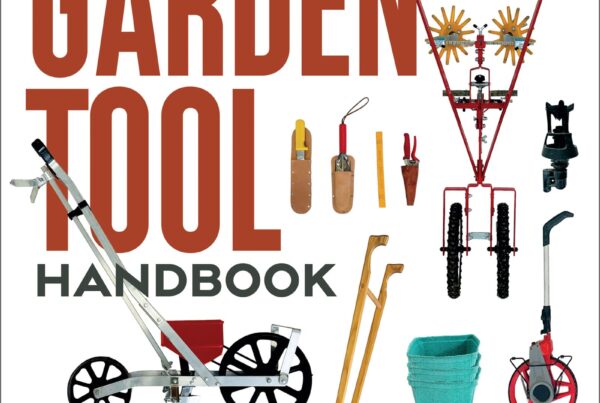Timber Press, 2020. 240 pages, line drawings and full color photos, $19.95
Book Review by Pam Dawling
Here is a great book for beginning gardeners or those new to Virginia. Ira’s friendly style will encourage everyone wanting to grow their own food, whether you’re one of the new “Covid Victory Gardenersâ€, newly retired from your day job, or newly determined to eat better food, this book will help you towards success. There are not many authors who could write five books at once, but Ira has given us five regional books for the southeast, with more details than her earlier Timber Press Guide to Vegetable Gardening in the Southeast. She has written for gardeners in Georgia, Tennessee, North and South Carolina.
I’m reviewing the Virginia book, which includes an introduction to Virginia, to gardening and to garden planning. Most of the book is a series of month-by-month lessons on what to plant; what you could be harvesting; and seasonal topics. The harvest lists are very encouraging! 11 crops in January, 27 in July, 46 in October. And there are the stored crops too. I like the month-by-month format. It enables new gardeners to learn just enough for each month’s tasks, and get ready to learn something new.
There’s a map of Virginia and the winter-hardiness zones, and at the back of the book there’s a chart of the average coldest temperatures in each of the zones. I wished for a heat zones map as well, because climate is not only about winter temperatures. Summer weather has quite an impact too! There are good descriptions of the growing season in various regions of Virginia, and the kinds of weather that come our way.
In the gardening intro, there is a table of organic sources of plant nutrients; encouragement to try succession planting (making several sowings over the course of the growing season to keep fresh supplies of that vegetable rolling in); and an explanation of planting “hills†(which might be better flat when it’s hot and dry). I remember being new in this country and not understanding hills at all, because books didn’t explain what they are, why you might use them, or how far apart they are. I proceeded to plant in rows, as I had done in England, and the crops grew fine. Eventually I learned what hills are. They’re not essential, and not necessarily better than rows, but maybe good for small home gardens. Read Ira’s book! She explains her information clearly, and her reasons for doing things the way she does. She explains why we transplant in the afternoon on an overcast or drizzly day. We live in a climate with hot summers, we don’t transplant in the mornings!
In the planning section, there is a full-page chart classifying vegetable crops as easy-to-grow, slightly more challenging and (undeniably) challenging. Each category is subdivided into warm season, cool season and “in need of extra spaceâ€, so no one need waste time on monstrous crops at the wrong time of year. Many paths to failure eliminated! There is encouragement to weigh up the value of keeping an old tomato planting going, versus getting a winter cover crop planted. Growing food well involves not forming attachments to particular plants! Ira says you can more than double the yield in a small garden by having some transplants ready to pop into any spaces that open up.
Planning includes being prepared for surprise opportunities to pop in a catch crop of something fast-maturing, and that idea is beside a list of crops by season in case you need more ideas. There are instructions on germination testing of seeds held over from the previous year, and a chart of seed longevity. Clearly one of Ira’s goals is to reduce your chances to fail and increase your chances to succeed! The perfect gardening mentor! And one who is not trying to part you from your money. Here are resources for finding used tools free or inexpensively priced ones, and the excellent advice to view garden gear in use before buying.
There is information about growing lettuce year round, starting with basic pointers that many books forget to tell you: lettuce needs light to germinate; don’t sow it too deep; store your seeds cool and dry – they won’t germinate well if they’ve got hot; make new sowings frequently; use shade in hot weather and put ice on the seedbed; sow more frequently in late summer and early fall and use cold-tolerant varieties even though it’s still hot when you are sowing, because as day length decreases, a one day delay in sowing can lead to a one week delay in harvest.
There are useful charts of days to maturity, cold-hardiness of fall crops, and when to plant for fall harvest based on your first frost date. The fall garden is too often overlooked, and yet it is a wonderful chance to grow more fresh food and some to preserve for winter that will have been harvested closer to when you want to eat it. Ira reminds us to keep picking through the summer days, to encourage plants to keep producing more. When we get to the November chapter there is a section on Winter Garden Awareness. Although we aren’t sowing new crops, we do have plenty to harvest, and removing weeds will make for a better garden next year. There will inevitably be less to harvest in February and March, so don’t waste what we have growing before the Winter Solstice. Plan for the fall garden to mature by late November. Not much growing will happen after that.
Mulch over the rows to keep crops alive, or harvest and store before the coldest weather. Virginia snow is not the beneficial blanket that northern snows can be. Ours is wet, fleeting, heavy and unreliable. We need hoops and row covers to protect plants outdoors. Our winter gardens are susceptible to drying out the crops while the ground is frozen, and drowning them when it’s waterlogged.
After the month-by-month section is a multi-page chart of planting and harvesting. Three pages for zone 6 and three for zones 7 & 8. These are followed by an alphabetical crop section. Globe artichokes in Virginia – Ira has grown them as an annual, as other famous southern gardeners have done. Five blueberry bushes will feed four people – information like this is priceless, because you need to know before you plant and it will be a few years later that you discover the answer by yourself. Ira is part of Acorn Community, who run Southern Exposure Seed Exchange, a company selling open pollinated seed suited to the southeast. And she is broad-minded enough to recommend some quick-maturing broccoli hybrids “since timing is everything with spring plantingsâ€, alongside OP varieties for fall. I appreciated the advice on garlic varieties, because I only know well the two varieties we grow, and people often ask me for recommendations. Nootka Rose for a long-storing softneck, Asian Tempest for early maturity, Music and Killarney Red for large cloves and easy peeling. The page on Muscadine (scuppernong) grapes is very useful to transplanted gardeners with no experience of them. Jerusalem artichokes are another crop you might not have considered. Easy, reliable, with you for life (self-propagating), they could be part of every self-reliant garden. Parsnips are another under-appreciated vegetable, “an old staple worth rediscoveringâ€, very cold-tolerant and tasty. And there are crop-saving tips such as not to plant out peppers until the dogwood blossoms have fallen. In other words, don’t stunt them by planting out while we still have cold weather. A lesson I still need to learn.
This is a very accessible book, user-friendly, a great gift for yourself or other Virginia gardeners.
I have a few gripes with the publisher. Why get books printed in China rather than North America? Why not use recycled paper? I like the artistic background line drawings of plants (mostly a repeated artichoke head) lightly peppered throughout. The green spot-color drawings are OK to give a “quaint†feel to the book, but they often don’t match well with what Ira is saying. Ira is my neighbor and I know her favorite garden tools don’t look like these drawings!
Why not let authors provide more of the photos, so they are a better match for the text? I’ve given up trying to grow runner beans in summer in Virginia, because they don’t set pods when it is hot, (much as I love them – as a Brit, I was raised on them). There’s a photo of a (non-Virginian?) dog guarding a July harvest that I feel skeptical about. Early in the book, there is mention of runner beans as a challenging cool weather crop. The Plant and Harvest chart has them as planted in either Feb/Mar for Apr/May harvest, or July/early Aug planting for September and October harvest.
There’s a photo of kale and rainbow chard leaves, captioned as “rainbow kale.†If authors supplied the photos we wouldn’t get mix ups like this! Eye candy photos are attractive, yes, but I think people buying a gardening book will want clear accurate info above all else. I’m happy Ira got some photos of black and brown people gardening included. Most of the photos have no people, but other humans do help us relate to what we’re doing and why.
